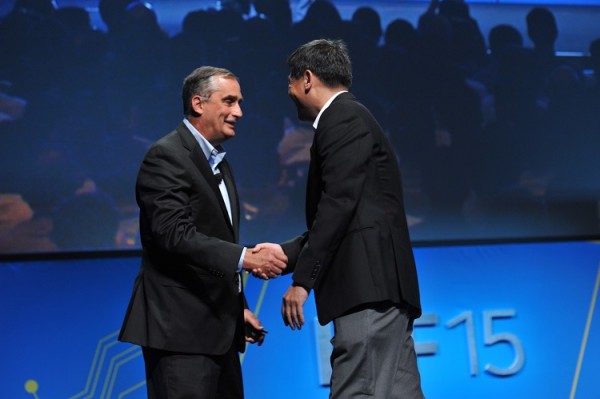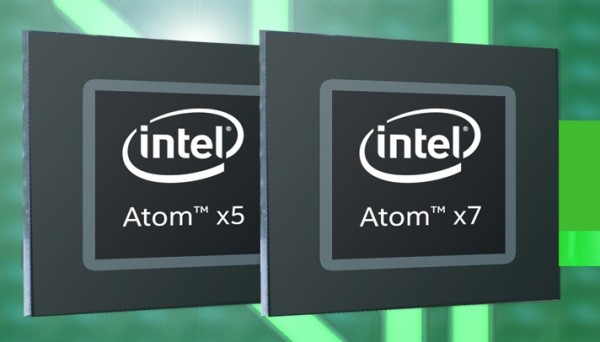
The Intel Developer Forum has brought to light some interesting details about the future of Intel’s Atom x3 processor, as well as a first look at the Realsense camera on a smartphone. The IDF theme for this year appears to centre on mobile devices, with the Atom family of processors playing a big role for Intel’s plans.
Intel’s rebranded SoFIA processor, the Atom x3, will be appearing in devices soon; Intel says that the first of which will be around by the end of this quarter. This includes around 45 tablet and smartphone designs from 20 companies. The Atom x3 will also be receiving 3G and LTE support for the Internet of Things, although it appears the focus will be on Linux and Android based devices.
The Intel Atom x5 will also be receiving a new push with a new programme. This involves a new customisable reference design with differentiated applications and software, quality and certification support, software tools, and a component catalogue.

In addition to this, the new 14nm Braswell based Celeron and Pentium processors are being shipped out to manufacturers; devices powered by these new chips are expected to be available by the end of the year. These new processors were quietly released in April without much fanfare, despite offering better graphics performance and power consumption than their predecessors.
The Intel Realsense 3D camera will also be making its way to smaller devices, courtesy of the new version demonstrated at IDF 2015. Intel has been pushing hard for Realsense to be included in laptops and tablets, allowing the devices to do more that just take pictures. The 3D camera is capable of sensing depth and hand movements, which provides for a wider range of interactions. On a smartphone, it could potentially allow users to quickly scan objects and learn about the dimensions; which would be a massive help when dealing with shipping and packages.

Intel CEO Brian Krzanich showed off a prototype 6-inch smartphone with the new longer ranged Realsense camera, but didn’t go so far as to turn it on. Which probably indicates just how new this prototype is, although it would have been nice to have a peek at what Intel wants it to do.
Finally, Intel will also introduce the Mass Makerspace Accelerator program that aims to find and fund China’s next global entrepreneurs, from makers and students to developers and startups, and includes a RMB 120 million investment. China is a huge market for Intel, and it looks like it is hoping to get a ahead in the rapidly expanding consumer electronics market that is coming out of the country.
[Source: Intel]
Follow us on Instagram, Facebook, Twitter or Telegram for more updates and breaking news.



